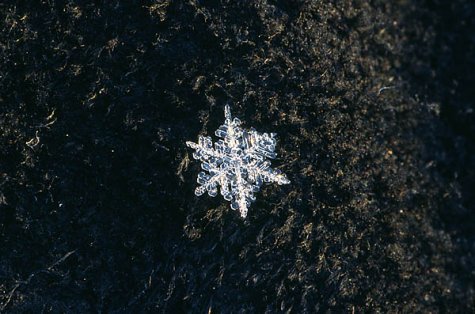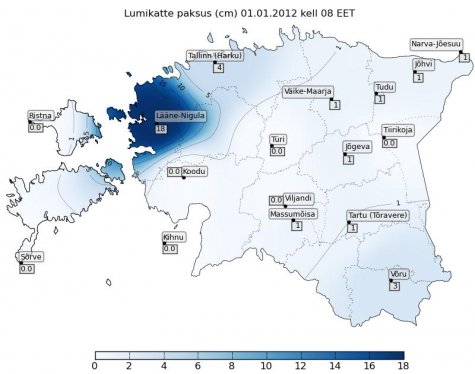Why is a snowflake hexagonal?
Photo: Arne Ader
Translation: Liis
Snowflake on mitten
A prerequisite for snowfall is a temperature below zero and the temperature is that in the clouds. The centre of a snowflake is the condensation nucleus, a tiny speck of dust around which the water molecules become attached. Frozen water in the hexagonal – six-sided - state is most stable, or least energy is required to create this shape. All snowflakes in the cloud grow by similar steps.
The snowflakes are like small plates and are formed at a few degrees below zero. When the temperature falls to five degrees below zero, ice needles as well as little crystal pillars are formed. With severe cold, when there are some 15 degrees of cold, we see ultra-thin little plates that cover the ground with a fluffy snow cover. Scientists have not managed to explain fully why a temperature change of a few degrees should create snow crystals of completely different shapes.
Snowflakes consist of transparent crystals so why is snow white? The light is reflected back from the crystal faces of the snow layer, only a small part of the light is absorbed and so the snow seems white to us. With a clear blue sky the snow cover is bluish, and in a beautiful sunset a snowy field takes on an orange tinge. The colours depend on the light.
Thickness of snow cover (cm) 01.01.2012 at 08 EET










